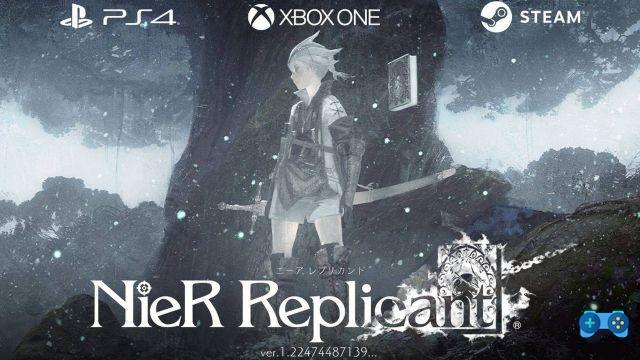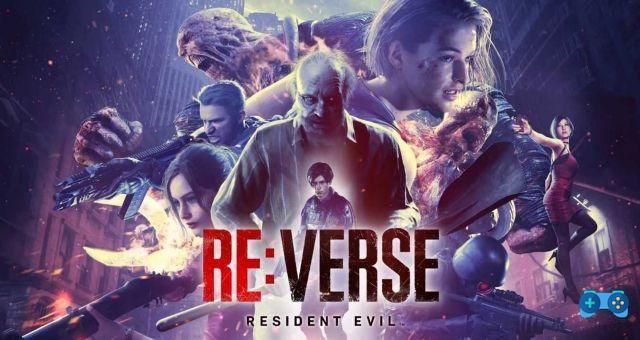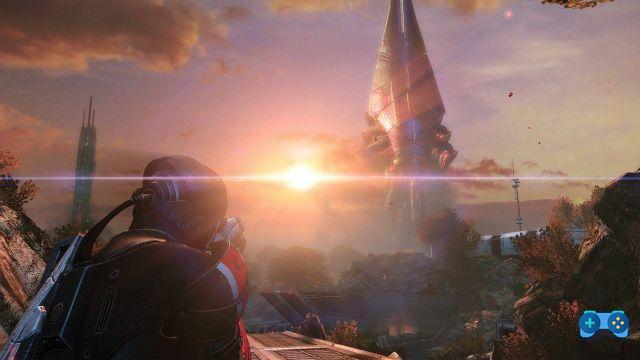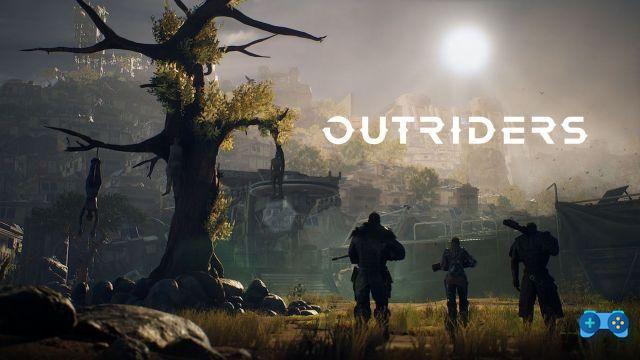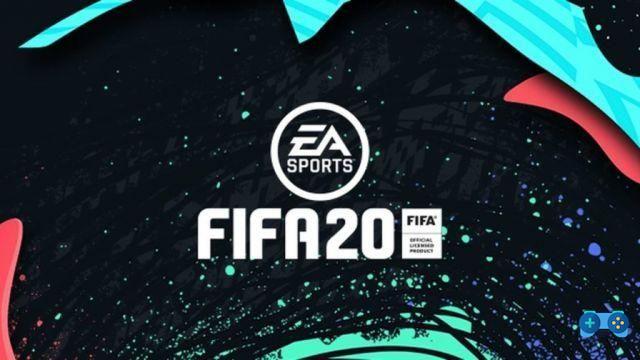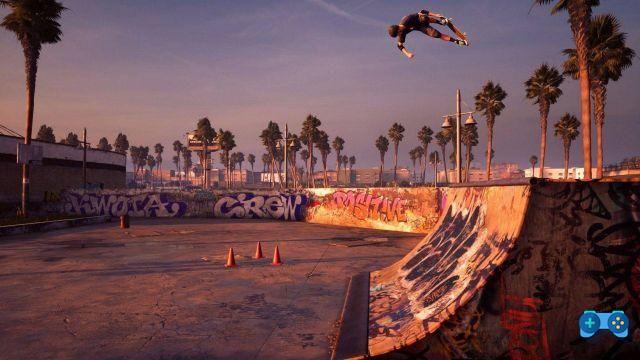What is PEGI?
The PEGI age rating system (Pan-European Game Information - Pan-European Game Information) helps parents make informed decisions about purchasing video games. It was launched in spring 2003 and replaced the age ratings existing in some countries with a unique system now used in 30 European countries (Austria, Denmark, Hungary, Latvia, Norway, Slovenia, Belgium, Estonia, Iceland, Lithuania, Poland, Spain, Bulgaria, Finland, Ireland, Luxembourg, Portugal, Sweden, Cyprus, France, Israel, Malta, Romania, Switzerland, the Czech Republic, Greece, Italy, the Netherlands, the Slovak Republic and the United Kingdom). The European Commission considers it a model of harmonization at European level in the field of child protection.
The system receives support from major console manufacturers, including Sony, Microsoft and Nintendo, as well as interactive game publishers and developers across Europe. The age rating system was created by the International Software Federation of Europe (ISFE).
What are classifications?
Computer games and video games are currently enjoyed by millions of gamers across Europe. While most of the games (49%) are suitable for players of all ages, some of them are only suitable for older children and teenagers. Some games (4%) are aimed only at an adult audience (over 18 years old).
The rating on a game confirms that it is suitable for players over the age indicated. Consequently, a game classified as PEGI 7 is only suitable for children over the age of seven and a game classified as PEGI 18 is only suitable for adults aged 18 and over.
What is the significance of the classifications?
The PEGI classifications are shown on the front and back of the packs and indicate one of the following ages: 3, 7, 12, 16 and 18. They represent a reliable indication of theadequacy of the game content in terms of the protection of minors. Age classification it does not take into account the level of difficulty or the skills required to use that particular game.

PEGI 3
The content of games assigned this rating is deemed suitable for all age groups. They can contain violence when placed in a comic context (such as the typical Bugs Bunny or Tom & Jerry cartoon forms of violence). The child must not associate the characters on the screen with real-life characters; they must be totally fictional. The game must not contain noises or images that may frighten or frighten small children. There must be no vulgar expressions.

PEGI 7
Games that would be rated 3 but contain scary scenes or noises may be considered suitable for this category.

PEGI 12
This age group includes video games that show slightly more explicit violence aimed at fictional characters and / or non-explicit violence aimed at recognizable human-looking characters or animals as well as video games that show slightly more explicit nudity. Vulgar expressions must not be strong and must not contain sexual expletives.
 PEGI 16
PEGI 16
This classification applies when the violence (or sexual activity) described reaches a level similar to that present in real life. Children in this age group must also be able to handle much more bad language, the concept of tobacco and drug use, and the description of criminal activities.

PEGI 18
Forbidden to minors. The adult-only classification applies when the violence reaches a level that becomes a representation of severe violence and / or includes elements of specific types of violence. Severe violence is very difficult to define as it can often be very subjective, but in general terms it can be classified as the representation of a type of violence that would make those who see it feel repulsive.
I descriptors present on the back of the package indicate the main reasons why a game was rated in a particular way. There are eight descriptors: violence, bad language, fear, drugs, sex, discrimination, gambling, and online gambling with other people.








Deprecated: Automatic conversion of false to array is deprecated in /home/soultricks.com/htdocs/php/post.php on line 606









